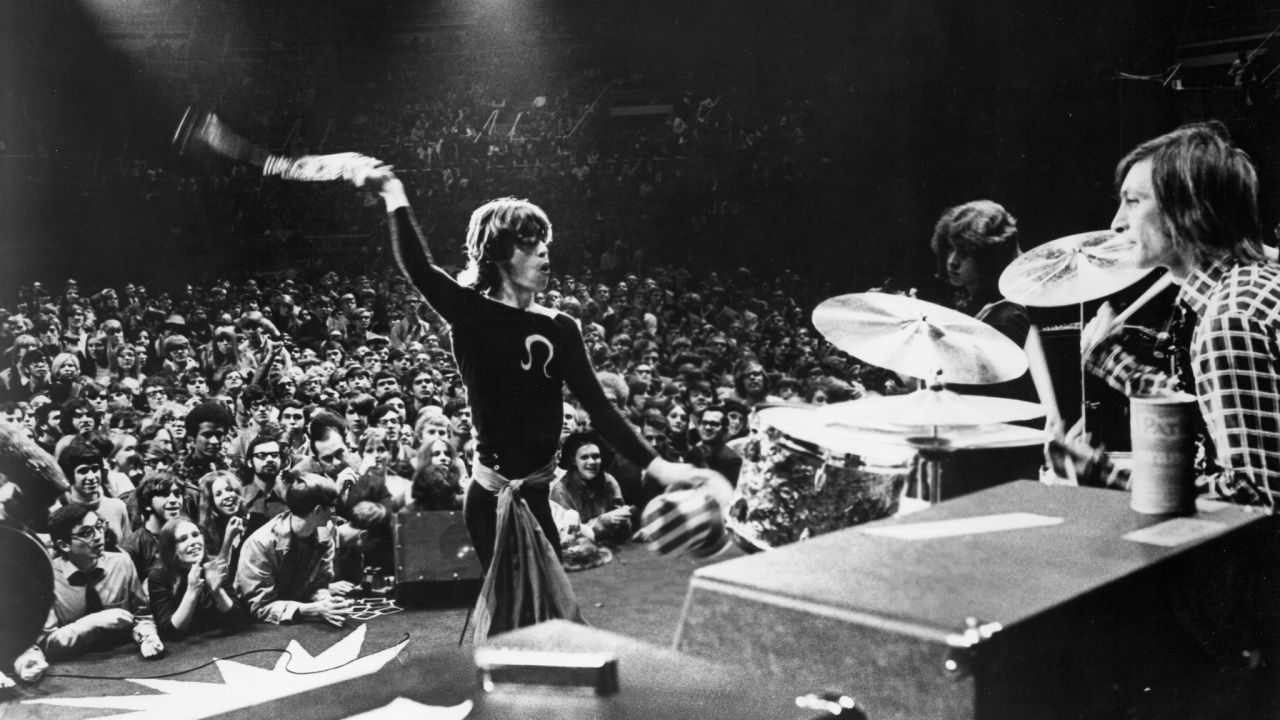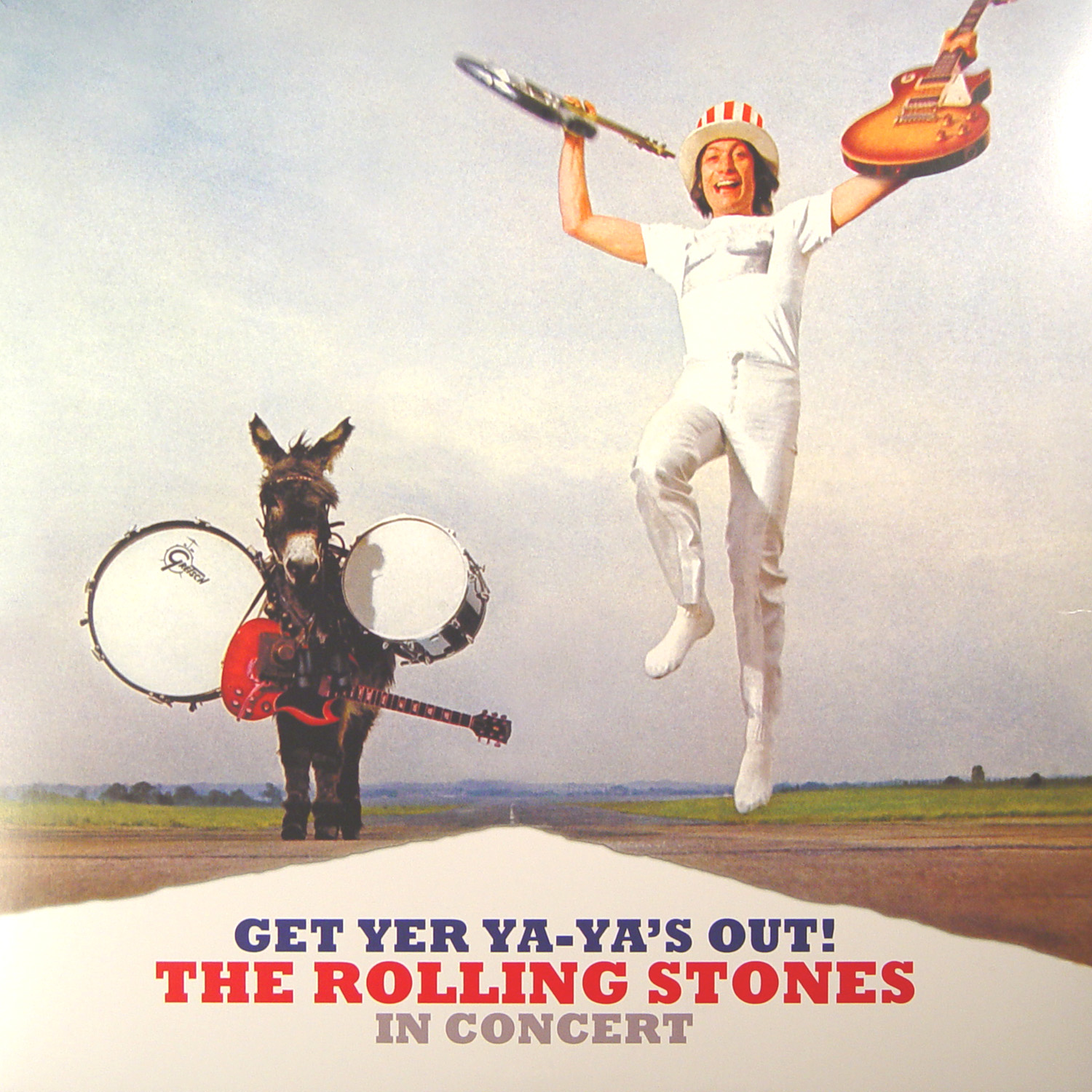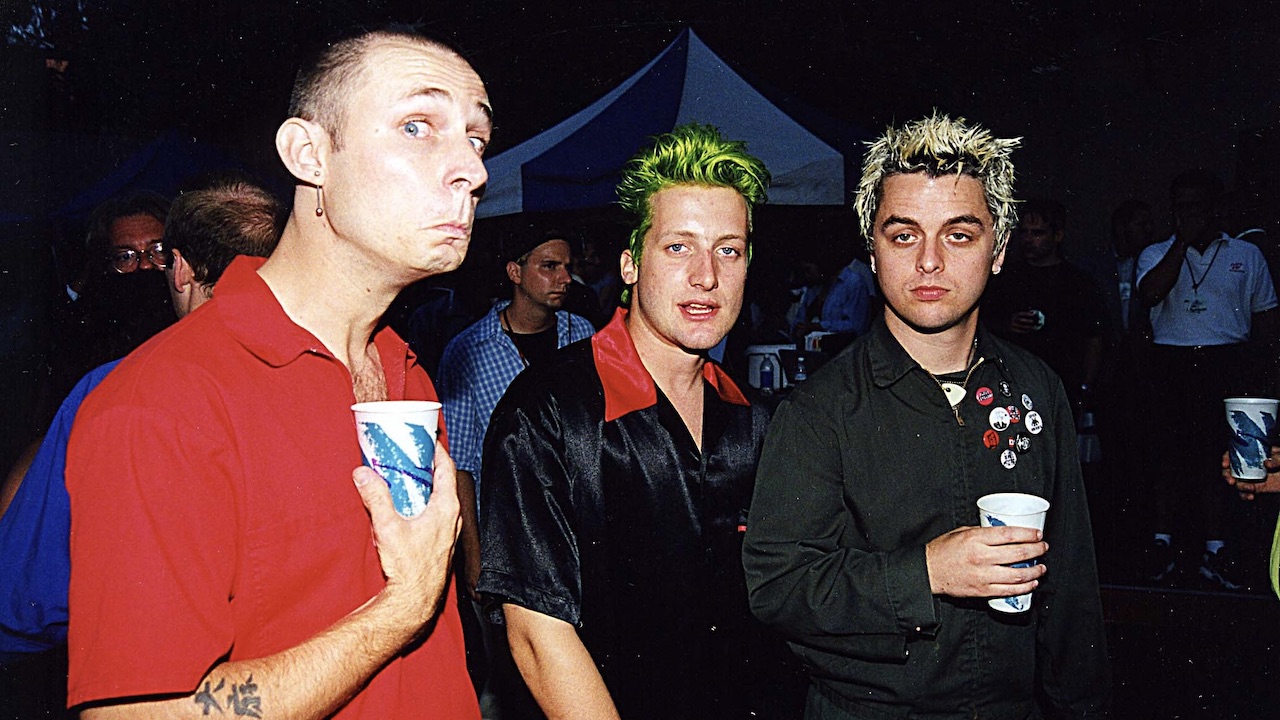The Rolling Stones 1969: live'r than you’ll ever be
The Rolling Stones' Get Yer Ya-Yas Out presented the band as they appeared on their 1969 American tour: on the edge, and at the very peak of their powers.

Get Yer Ya-Yas Out has been hailed as the greatest live rock ‘n’ roll album of all time, being one of the few times this much-abused medium actually managed to capture the excitement of a band on top form. Not just any band either. As Sam Cutler’s introduction declared, it was the newly-titled greatest rock ‘n’ roll band in the world, enhanced by top notch sound quality and crowd going apeshit. At the time, Lester Bangs called it the best rock concert ever put on record, and 44 years later, I still have to agree.
Ya-Ya’s captured the demonic power of the Stones’ return to the live arena after three years; the emergence of Keith Richards as the ultimate rhythm guitarist, his metronomic churning riffs clamping onto Charlie Watts’ syncopated, jazz-inflected roll and Bill Wyman‘s understated momentum. It was also the first major showcase for the keening, liquid blues virtuosity of new guitarist Mick Taylor, who’d replaced the recently-deceased Brian Jones but only appeared on a couple of tracks on Let It Bleed. Meanwhile, Mick Jagger managed to be straddle being both laconic and on heat, totally in control of proceedings.
Released on September 4 1970, Ya-Ya’s was the first live album to reach number one in the UK. But, rather than a planned bit of strategy, it was released as both a contract-fulfilling finale with Decca and, more to the point, an official band release designed to trump the bootleggers. Five months after Dylan had been the first victim of the new pirate phenomenon with Great White Wonder and two months after the Beatles’ Kum Back studio set, the Stones found the show they played at Oakland Coliseum, California, on November 9, 1969 released in a plain white, rubber-stamped sleeve (copied by The Who for 1970‘s Live In Leeds) on the Trademark of Quality label as Live’r Than You’ll Ever Be. The first audience-recorded rock bootleg, it became a screamingly-hot potato in London that December and went on sell an estimated 250,000 copies. Considering the Stones hadn’t yet toured the UK, who wouldn’t want this raw record of the new Stones lineup in its live element?
As the bootleg appeared the same month as Let It Bleed, the Stones had to wait before they could release their own live album but, although Ya-Ya’s was cleaned up and vocals overdubbed at Olympic studios on some tracks, it still packed enough punch and live Stones magic to stand as one of the most exciting listening experiences ever captured on record.
Named after a 1938 Blind Boy Fuller single called Get Yer Yas Yas Out, the album was drawn from shows recorded at New York’s Madison Square Garden on November 27-28 (with Love In Vain taken from Baltimore on the 26th). The album displayed the new ‘grown-up’ Stones which this writer had first witnessed the previous year when they were surprise guests at the NME Pollwinners Concert and came on at the end to play their new single, Jumpin’ Jack Flash. Even then the band were still drowned out by screaming girls so the 1969 US tour was the first time they could actually hear themselves play, while the audiences now listened instead of howling.

Jagger had the crowd in the palm of his hand, whipping up the girls with teasing announcements about his “trahsers” falling down or a well-placed “Charlie’s good tonight, inn’e?”. In this new setting, the four musicians positively sparked off each other, whether storming the barricades with a tumultuous Street Fighting Man or turning in one of their best ever Chuck Berry covers on Carol. Taylor’s searing slide reduces the arena to rapt silence on Love In Vain before the cataclysmic sado-psychodrama of Midnight Rambler looms as one of the most show-stopping Stones performances of all time, malevolently weaving the blues’ darkest spirit into their own vision as it episodically careered from the main song through the Keith-steered locomotive chug section into Jagger’s belt-flailing vamp inspired by Boston Strangler Albert DeSalvo, before going out on the raging climax.
This was in the days before the Stones had backing singers and brass sections so, apart from Ian Stewart’s occasional piano, it’s the sound of the band delivering a string of compact knock-out punches from within their own ranks. The album’s packed with great moments, including a lascivious Honky Tonk Woman, leeringly effortless Little Queenie with Ian Stewart on piano actually cutting the Chuck original and sleazed up Live With Me. Keith can finally be heard in his naked element, disgorging pure blues groove power, while imitating a shipyard panel-beater on Sympathy For the Devil. But, such is the intimacy achieved, it sounds like they could be sharing this magical alchemy in their front room instead of Madison Square Garden, .
Sign up below to get the latest from Classic Rock, plus exclusive special offers, direct to your inbox!
Three months later, the Gimme Shelter movie would appear as the usually-referenced souvenir of that landmark US tour, the terrifying Altamont finale branding this episode in Stones history forever. The Stones’ 1969 US tour actually stood for a whole lot more. With Chip Monck’s lighting design and PA system making it the first time the band were seen and heard properly live, it set the template for what’s now taken for granted as the modern rock show; the first such jaunt to sell over a million bucks’ worth of tickets with the band controlling the cash, with merchandise now adding to their income. Nothing would ever be the same again, except for the beautiful music still being produced by the band up there 44 years later.
The full story of the Rolling Stones’ infamous 1969 American tour is told in Classic Rock 199, available as digital or print editions from MyFavouriteMagazines.

Kris Needs is a British journalist and author, known for writings on music from the 1970s onwards. Previously secretary of the Mott The Hoople fan club, he became editor of ZigZag in 1977 and has written biographies of stars including Primal Scream, Joe Strummer and Keith Richards. He's also written for MOJO, Record Collector, Classic Rock, Prog, Electronic Sound, Vive Le Rock and Shindig!

